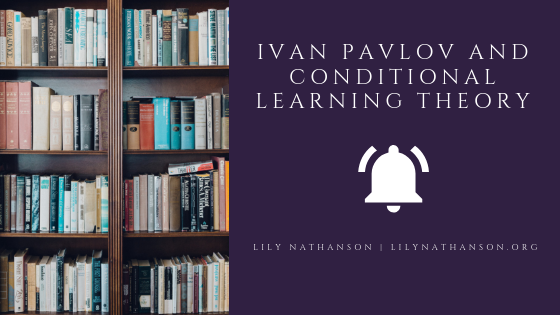One of the breakthroughs in behavioral science, known as Conditional Learning Theory, came about in the early 1900s through the work of a Russian scientist named Ivan Pavlov (1849-1936). Most people have heard references to Pavlov’s dogs, or Pavlovian theory, but might not be able to explain exactly what the theory entails.
The development of his theory of conditioned learning, which earned Pavlov a Nobel Prize in 1904, actually began through an accidental discovery Pavlov made while conducting a series of experimental studies on the digestive systems of dogs. In an experiment designed to measure the rate of saliva secreted when the dogs were presented with food, the researchers began to notice that salivation was triggered before the natural stimulus from the smell or sight of food were present, starting as soon as the dogs noticed footsteps approaching their cages, or the cage door begin sliding open. Most dog owners can easily relate to this finding.
His discovery about dog behavior encouraged Pavlov to conduct a series of additional studies, pairing the arrival of food with a completely unrelated event, or neutral stimulus, such as the ringing of a bell. Pavlov used these studies to present his conditional learning theory, which proved to have far-reaching applications in the field of animal and human behavioral sciences. The main tenet of conditioned learning theory is that animals and humans can be trained to respond to a neutral stimulus when they have learned to associate that stimulus with an unconditioned reflex.
Researchers have continued to replicate, test and extend Pavlov’s research, devising a number of variations to his original theory. Scientists have discovered, for example, that, just as humans and animals can be trained to respond to a conditioned stimulus, they can also be taught to stop reacting to certain stimuli, which has been useful in the treatment of anxiety disorders. The treatment involves de-coupling the conditioned stimulus from the experience of fear. Thus, patients suffering from anxiety or phobias can gradually learn to disconnect a feared object or situation from their fear response.
Conditional learning is commonly used in the approach to animal training today and has proven to be very successful. Pavlov’s discovery of conditioned learning has retained its relevance and applicability for more than 100 years.

